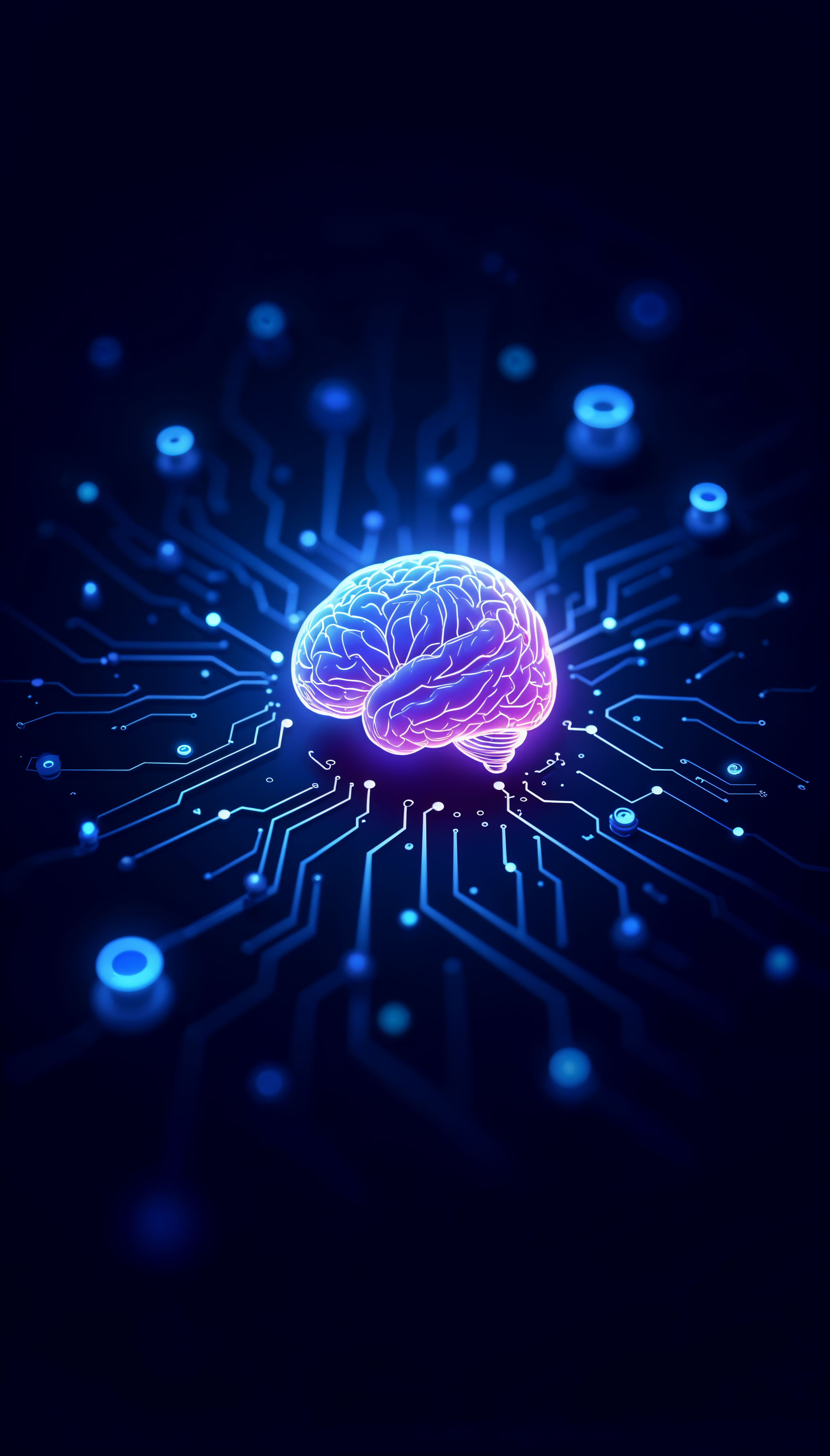RAG's Core: Your Essential Guide
Written by Georgije Stanisic on May 30, 2025

Large Language Models (LLMs) are powerful general-purpose tools, but their out-of-the-box capabilities fall short in enterprise environments. To build reliable, production-ready AI applications, we need a way to ground these models in specific, proprietary data. This is achieved through an architectural pattern called Retrieval-Augmented Generation (RAG).
At ConversifAI, RAG is not just a feature; it is the core of every system we build. In this post, we’ll provide a practical, technical breakdown of what RAG is, how we implement it, and why it’s a non-negotiable component for any serious business AI.
The Limitations of Foundational LLMs in Enterprise When we evaluate foundational LLMs for business use, we consistently identify four primary limitations:
Stale Knowledge: An LLM’s knowledge is static and frozen at the end of its last training cycle. It has no awareness of recent product updates, new policies, or current events, making it inherently outdated. Lack of Factual Grounding (Hallucinations): Without access to verified information, an LLM will attempt to answer questions from its parametric memory. If the information isn’t present, it can generate plausible but incorrect information, a phenomenon known as hallucination. No Access to Proprietary Data: A standard LLM has no access to your organization’s internal knowledge bases, such as documents stored in Confluence, SharePoint, or internal databases. It cannot answer questions specific to your operations. Data Security and Provenance Concerns: Using your proprietary data to fine-tune a public LLM can create significant data security risks and raises questions about data provenance—where your information is being stored and how it’s being used. The RAG Architecture: A Practical Breakdown RAG is a multi-stage process that systematically addresses these limitations by connecting an LLM to a knowledge base in real-time. Here is how we implement the architecture for our clients.
Step 1: Knowledge Base Ingestion & Indexing
The process begins offline. We ingest data from your specified sources (e.g., PDFs, web pages, Notion, Slack). This raw data is then processed:
Chunking: We split the documents into smaller, semantically coherent chunks of text. The chunking strategy is critical; it must preserve context without being too large or too small. Embedding: Each chunk is passed through an embedding model (like text-embedding-3-large) to create a vector—a numerical representation of the text’s meaning. Indexing: These vectors are stored in a specialized vector database. This creates a searchable index where queries can be matched based on semantic similarity, not just keyword overlap. Step 2: The Retrieval Step (Real-time)
This is the first part of the live query process. When a user submits a question:
The user’s query is also converted into a vector using the same embedding model. We perform a semantic search against the vector database to find the text chunks whose vectors are most similar to the query vector. The top k most relevant chunks of text are retrieved. These serve as the factual, just-in-time context for the LLM. Step 3: The Augmented Generation Step (Real-time)
This is where we interact with the LLM. Instead of sending the user’s raw query to the model, we use a technique of dynamic prompt engineering. We construct a new, detailed prompt that includes both the retrieved context and the original question. It typically looks like this:
Context:
[Chunk 3: The warranty for the Model X Pro covers defects for 24 months...]
[Chunk 1: All warranty claims must be submitted through the online portal...]
[Chunk 2: The warranty does not cover accidental damage...]
Question: What is our warranty policy for the Model X Pro?
Answer the question based ONLY on the context provided above.The LLM then generates an answer constrained by this specific, factual context. This “grounding” is what makes the response reliable.
Why RAG is Essential for Production-Ready Enterprise AI Implementing a robust RAG pipeline provides concrete, measurable benefits that are critical for enterprise-grade applications.
Trust and Factual Accuracy: By forcing the LLM to base its answers on retrieved company data, we dramatically reduce hallucinations. The system’s knowledge is verifiably tied to your source documents.
Explainability and Source-Citing: A key advantage of this architecture is that we know exactly which chunks of data were used to generate an answer. We can build our applications to cite these sources, allowing users to click through and verify the information themselves. This builds immense trust.
Always Up-to-Date: The LLM itself remains static, but the indexed knowledge base is dynamic. As we update, add, or remove documents from your knowledge base, the AI’s responses reflect these changes immediately after a quick re-indexing.
Data Security and Control: Your proprietary data is not used to re-train the foundational LLM. It remains in your controlled vector database and is only used ephemerally, in-context, at the time of the query. This is a far more secure posture than fine-tuning.
In summary, RAG is the foundational architecture that makes LLM technology viable for the enterprise. It transforms a powerful but unreliable tool into a secure, accurate, and trustworthy system that can be deployed with confidence.
Want to explore how a secure, accurate, RAG-powered chatbot can benefit your organization? Get in touch with Conversifai today!
